U.S. Economic Indicators
Throughout this site there are many discussions of economic indicators. At this time, the readings of various indicators are especially notable. This post is the latest in a series of posts indicating U.S. economic weakness or a notably low growth rate.
While many U.S. economic indicators – including GDP – are indicating economic growth, others depict (or imply) various degrees of weak growth or economic contraction. As seen in the February 2018 Wall Street Journal Economic Forecast Survey the consensus among various economists is for 2.8% GDP growth in 2018. However, there are other broad-based economic indicators that seem to imply a weaker growth rate.
As well, it should be remembered that GDP figures can be (substantially) revised.
Charts Indicating U.S. Economic Weakness
Below are a small sampling of charts that depict greater degrees of weakness and/or other worrisome trends, and a brief comment for each:
Employment
I have written extensively concerning unemployment, as the current and future unemployment issue is of tremendous importance yet in many ways is widely misunderstood.
The consensus belief is that employment is robust, with total nonfarm payroll growth and the current unemployment rate of 4.1% being widely cited. However, my analyses continue to indicate that the conclusion that employment is strong is incorrect. Of particular note is the unemployment rate, which indicates that unemployment is (very) low. Closer examination indicates that this metric is, for a number of reasons, highly misleading.
My analyses indicate that the underlying dynamics of the unemployment situation remain exceedingly worrisome, especially with regard to the future. These dynamics are numerous and complex, and greatly lack recognition and understanding, especially as how from an “all-things-considered” standpoint they will progress in an economic and societal manner. I have recently written of the current and future U.S. employment situation on the “U.S. Employment Trends” page.
While there are many charts that can be shown, one that depicts a weak long-term growth trend is the “Employment Level: 25 to 54 years, Men” measure. The current value as of the March 9, 2018 update (reflecting data through the February employment report) is 53.764 million:
source: U.S. Bureau of Labor Statistics, Employment Level: 25 to 54 years, Men [LNS12000061], retrieved from FRED, Federal Reserve Bank of St. Louis, accessed March 14, 2018:
__
Wages And Earnings
The level and growth rates of wages and household earnings continues to be (highly) problematical. I have extensively discussed these worrisome trends in income and earnings.
As seen in many measures, including that seen below, the problem is chronic (i.e long-term) in nature. Shown below is the “Employed full time: Median usual weekly real earnings: Wage and salary workers: 16 years and over” measure. The current value as of the January 17, 2018 update (reflecting data through the fourth quarter of 2017) is $345:
source: U.S. Bureau of Labor Statistics, Employed full time: Median usual weekly real earnings: Wage and salary workers: 16 years and over [LES1252881600Q], retrieved from FRED, Federal Reserve Bank of St. Louis, accessed March 14, 2018:
__
Total Federal Receipts
“Total Federal Receipts” growth continues to be intermittent in nature since 2015. As well, it does not seem to confirm the (recent) levels of economic growth as seen in aggregate measures such as Real GDP.
“Total Federal Receipts” through February had a last value of $155,623 Million. Shown below is displayed on a “Percent Change From Year Ago” basis with value -9.4%, last updated March 12, 2018:
source: U.S. Department of the Treasury. Fiscal Service, Total Federal Receipts [MTSR133FMS], retrieved from FRED, Federal Reserve Bank of St. Louis, accessed March 14, 2018:
__
Domestic Auto Production
Another notable measure is that of “Domestic Auto Production,” defined in FRED as:
Domestic auto production is defined as all autos assembled in the U.S.
Here is “Domestic Auto Production,” depicted below, through January 2018 with a last value of 233.5 thousand, last updated March 2, 2018:
source: U.S. Bureau of Economic Analysis, Domestic Auto Production [DAUPSA], retrieved from FRED, Federal Reserve Bank of St. Louis; accessed March 14, 2018:
__
Alternate Growth Trend Measures
Another facet of economic activity is seen in the ratio of the Conference Board’s Coincident Composite Index to the Lagging Composite Index. I interpret the trends seen in this measure to be disconcerting, as the ratio has generally been sinking for years:
source: Haver’s February 22, 2018 post (“U.S. Leading Economic Indicators Surge“)
__
Other Indicators
As mentioned previously, many other indicators discussed on this site indicate economic weakness or economic contraction, if not outright (gravely) problematical economic conditions.
_____
The Special Note summarizes my overall thoughts about our economic situation
SPX at 2749.48 as this post is written
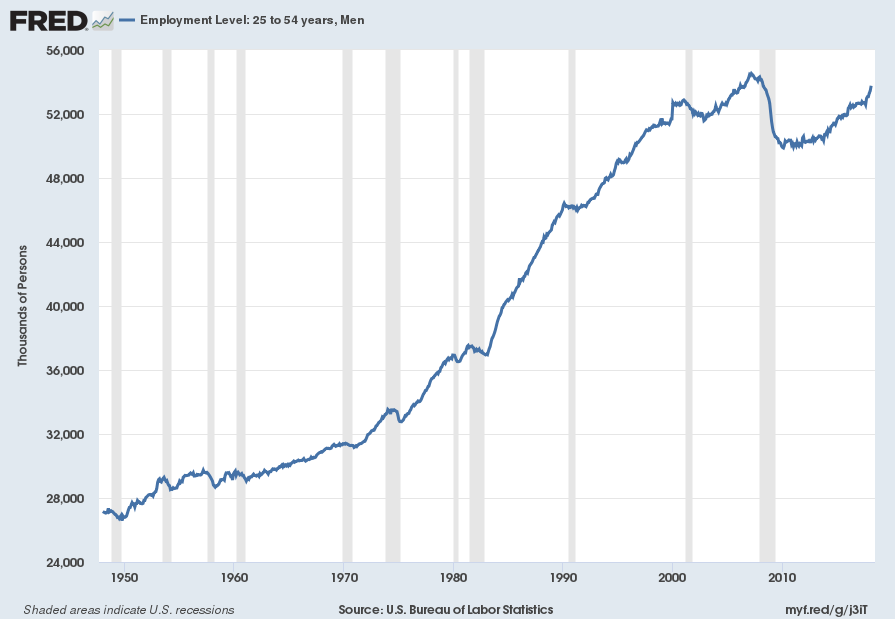
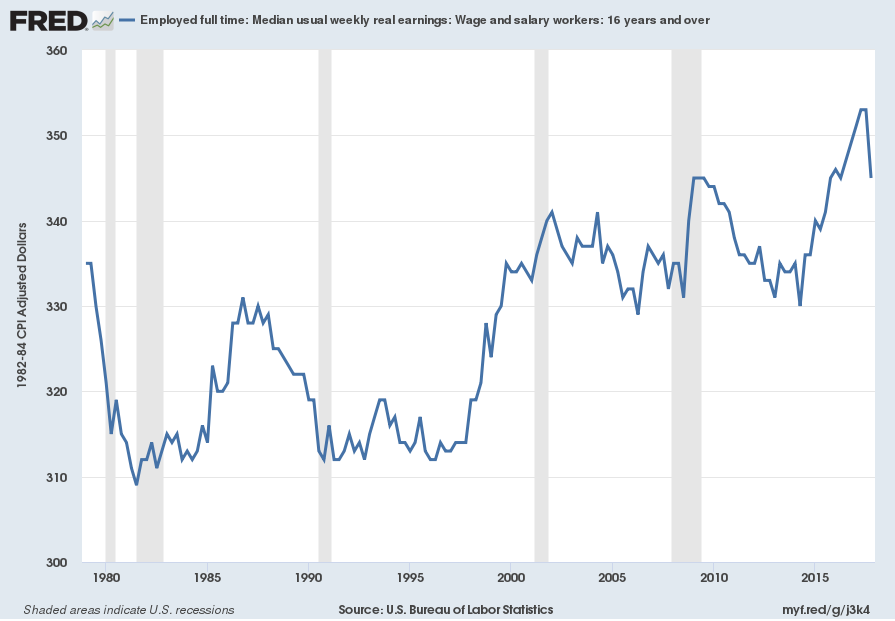
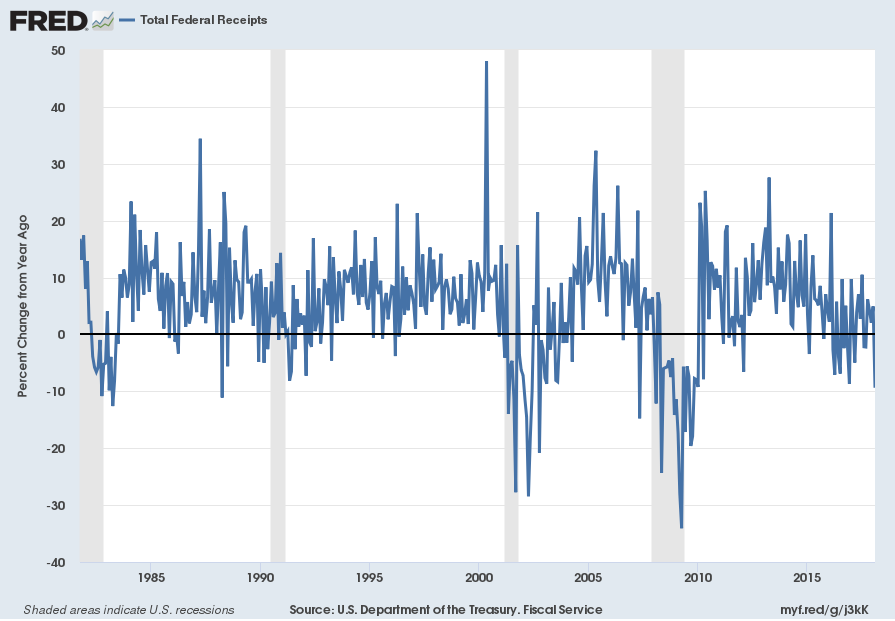
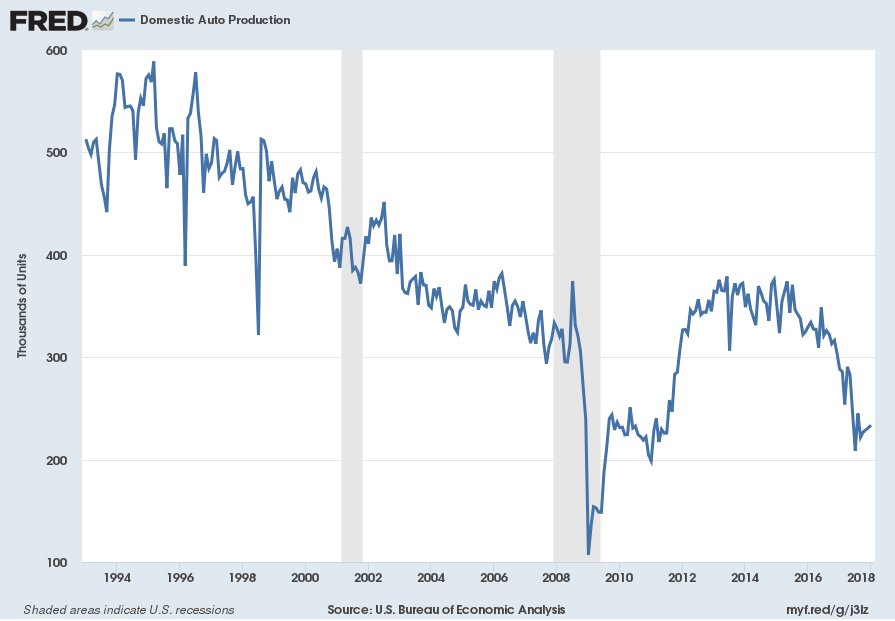
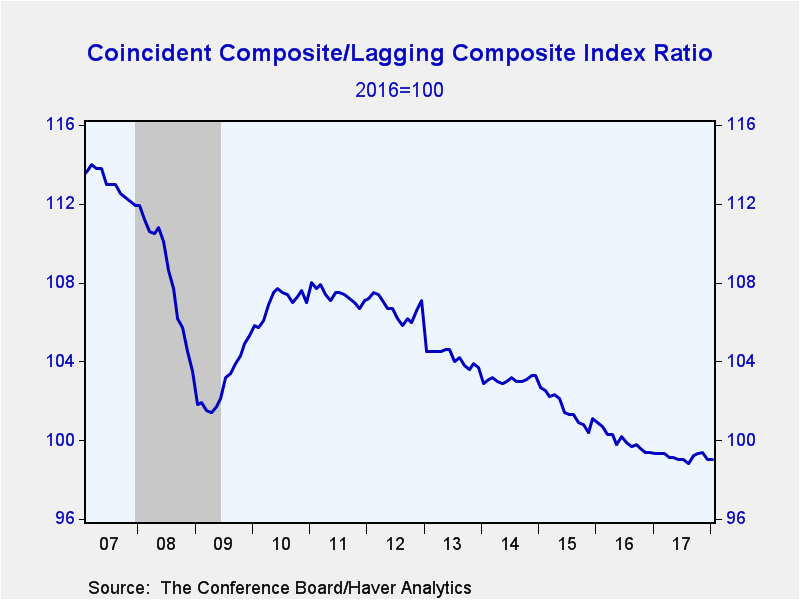
No comments:
Post a Comment